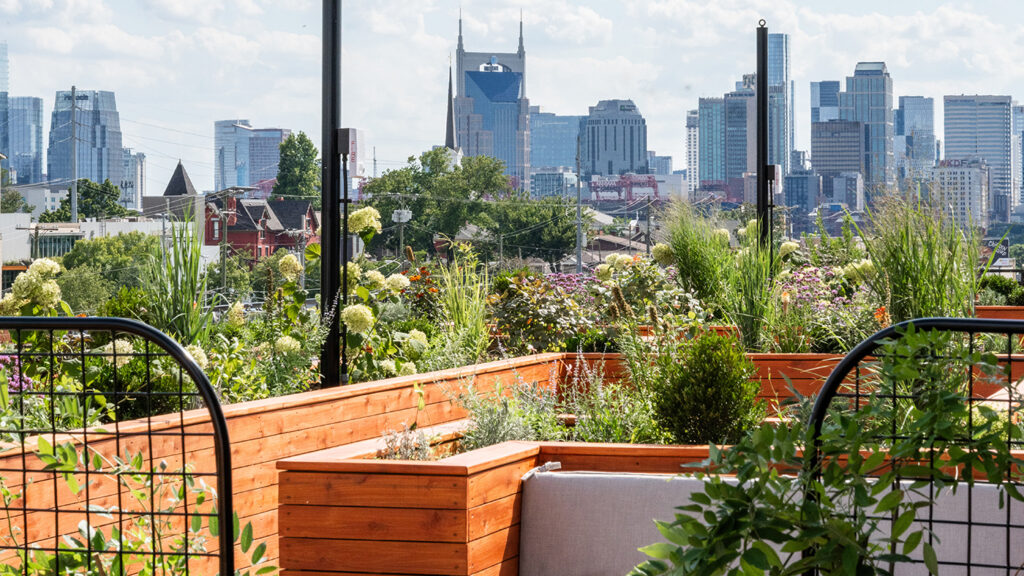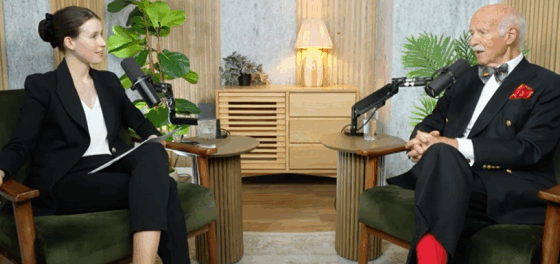While thoroughly satisfying guests remains paramount for hoteliers, particularly in the case of high-end boutique properties, many hotel owners are rethinking the traditional food and beverage model with an eye on scaling back their offerings in an effort to increase profitability.
A handful of F&B leaders recently acknowledged that they’ve made strategic decisions about staffing, food selection, choice of venues, hours of operation, etc., that can potentially add up to gain for owners without pain for guests.
The executives spoke of the need
to maximize revenue by putting resources where the money is, noting the need to think beyond hotel guest expectations and the traditional hotel restaurant model based on serving three meals a day. Instead, they advocated a more efficient approach to food and labor, creating distinctive outlets with limited menus and hours that can command higher prices, a broader customer base, and maybe even attract “lines out the door.”
Focus on Maximizing Revenue
Steve Palmer, founder, managing partner and chief vision officer of The Indigo Road Hospitality Group, whose company owns 35 restaurants apart from hotels, said that like his independent restaurants, his restaurants in hotels are designed to be “aggressively profitable,” and that in four of their hotels, they generate 50 percent of revenue. “We open a hotel restaurant as if it were not in a hotel. Our goal is to create something that will resonate with the community, as well as guests,” he said. They include Junto at Motto by Hilton in Bentonville, Arkansas, Luminosa at The Flat Iron Hotel in Asheville, North Carolina, and the Osteria Olio at Rivet House in Athens, Georgia, where he said, “We are above our projections, and there’s a line out the door.”
Meanwhile, Guy Reinbold, corporate director of F&B at Meyer Jabara, is unapologetic about his emphasis on the bottom line, the key to which, he contended, is “driving the top line”—i.e., revenue. He said that at his properties, catering banquets is where the most money is generally made. Saying “pricing should drive revenue,” he claimed that banquet menus that are more like restaurant menus can set the banquet division apart and command higher prices. However, he reminded, because banquets are often booked so far out, “owners can get beat up on pricing due to unexpected hikes in the price of food” and suggested they protect themselves by adding a right-to-review-pricing disclaimer to banquet menus.
Jack Paul, executive vice president of operations, Twenty Four Seven Hotels, described the “beverage forward” approach to maximizing revenue at his properties. “Whether it’s a rooftop facility, gastro pubs, speakeasies, or any type of outdoor venue, more and more of our hotels are showcasing beverages, including for guests who are having a meal elsewhere, which provides a better return on investment.”
Moving to a More Efficient Model
All sources agreed that the prevailing hotel restaurant model has got to go.
Palmer mentioned some ways his properties have reduced labor costs by making F&B changes in line with guest behavior and, of course, spending. “Rather than a full-service breakfast with a fully staffed kitchen every day, we have a coffee bar with wonderful handmade pastries staffed only by a barista and cashier 7 a.m.-3 p.m., Monday through Friday.” He noted, too, that having hotel restaurants like his, which are geared to the community and open only for dinner and weekend brunch, “enables you to maximize sales—with a higher check average—and lower labor costs.”

Reducing/Controlling Costs
Creating efficient menus that offer enough variety while also avoiding waste can be challenging, as General Manager Brian Gil of Drift Hotels pointed out, due the need to consider “strict regulations in food preparation and storage protocols.” He also mentioned that limiting hours of operation not only saves labor, but also saves on utilities.
Avoiding waste: cross-utilization of menu items and smaller portions
Executive Chef Ysaac Ramirez of Drift Hotel Palm Springs’ Maleza restaurant described their efforts to avoid waste, including cross-utilization and portion size. “We aim for zero waste. When creating menus, I look at the ingredients for the season and try to make my menu parameters around that, also figuring how many ways I can use the same ingredients. The most important thing is not serving massive portion sizes where guests are throwing away food.”
Paul, too, focused on smaller portion sizes, which are at the heart of his successful approach to F&B that considers waste and food cost as well as the guest experience. “We believe that moving to smaller portions with unique sharable items makes dining more pleasurable and allows guests to try more than just one thing,” he said.
Purchasing approaches
Controlling the cost of food was also discussed. At his properties, Paul uses a large purchasing program to capitalize on the best pricing and sourcing, while Palmer said his company gains purchasing efficiencies through its relationships with vendors that serve Indigo Road’s independent as well as hotel restaurants.
Reinbold even calls on food vendors to “help with the labor piece” by having them handle some of the food prep. “There’s just no reason for the staff, much less the chef, to peel every carrot or slice every filet.” He’ll instead ask the vendor to deliver the vegetables already shredded or diced and the salmon or beef filets already cut to his exacting standards, leaving the chefs free to use their expertise to finish the job.
Menu engineering
Some of the “menu engineering” approaches Reinbold uses are decidedly low tech.
One dates back to his days as corporate chef for Bill Marriott, who advocated cooking in small batches. “Cross-utilization of products isn’t always possible, but making food fresh as you use it is.”
To both support cross-utilization and avoid humdrum overutilization of typical banquet fare, Reinbold suggested literally laying out the different plates to examine their offerings. “It’s amazing what you’ll notice—that items used in just one dish could be used in others, as well
as that another item, like rice, is over-used. It enables you to see the presentation, what you’re using and how you’re using it,” he said.
Where Tech Comes in
All agree that technology can be useful. Palmer uses a software platform called Margin Edge to help manage cost and waste, and Paul depends on the company’s POS system to provide accurate data about what is and is
not selling, saying, “Just because we may like a dish or crafted cocktail does not mean the public does.” However, he noted, “A table check will provide immediate feedback as well.”
Conclusion
Putting it all together, sources agreed that much can be done to tweak—or completely overhaul—an F&B model that is inefficient and outdated. As Palmer put it, “It’s a matter of rethinking the way you approach your business model.” To those who say big brands can’t do this due to customer expectations, he declared, “We’re already doing it in a Hilton.”
| A Flexible Approach to Staffing |
|---|
| The labor shortage of recent years had a silver lining for many hoteliers, who learned to get by with fewer employees. However, long-term, flexible scheduling based on ever-changing hotel occupancy and F&B demand calls for tweaks to a labor model that offered staff a more stable schedule and paycheck.
Guy Reinbold, corporate director of F&B at Meyer Jabara, suggested using students, who generally don’t need benefits, for part-time staff, but stressed the importance of having a stable retained staff to train part-timers and build their careers. Both Brian Gil, general manager at Drift Hotels, and Jack Paul, EVP of operations, Twenty Four Seven Hotels, advocated cross-training of employees as the key to providing coverage while meeting guest expectations. “To make the operation profitable with a tighter labor cost, continuous training is—or should be—part of any successful hospitality endeavor,” commented Gil. This training, he said, should enable guest-facing staff to respond to reasonable requests. However, he warned, “The type of establishment informs guest expectations.” Paul added that properties may need to be more flexible in their hiring requirements. “While in the past, we may have been looking for people with years of server experience, today we’re looking mainly for those with the right attitude—passionate people who are into the food and beverage experience.” |








